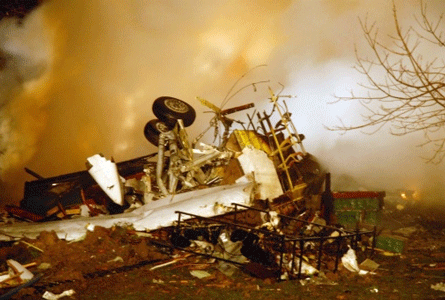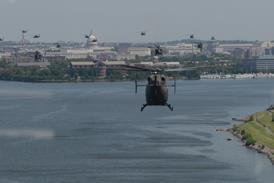Sir - To learn more about Boeing's high-speed transport efforts, Richard Wiggs (Flight International, 27 March-2 April, P107) should read Chapter 16 and PP267-278 of Robert Serlind's 1992 book Legend and Legacy, the Story of Boeing and its People.
Chapter 16 says: "More than $1 billion had been spent on the design and Boeing had just started cutting metal for the first plane. The latest estimate for actually finishing the two SST [supersonic transport] prototypes had soared to some $4 billion, and even the Nixon Administration had lost heart to continue the fight."
The President's Scientific Advisory Council urged cancellation on environmental and economic grounds. The only reason to continue the programme was technical. Having spent some $1 billion on development, it might have made sense to go ahead with the construction of a single SST prototype as a test aircraft. That may have laid any fears to rest. Boeing engineers spent 8.5 million man hours on the design and there were 1,500 people assigned to the SST. Many of these had to be laid off.
The mock-up of the SST was offered for sale, but most of the early bids were from companies who wanted Boeing to pay them for hauling it away.
The winning bid, a mere $31,000, was submitted by an entrepreneur who trucked it in sections to Kissimmee in central Florida, where it became part of an aerospace museum.
Walter Grindrod
Fleetwood, Lancashire, UK
...Sir - If I understand Richard Wiggs' letter correctly, he is saying that any Concorde replacement will be a sales flop unless there are supersonic corridors in key areas of the world.
I am not an expert, but having suffered the hell of long-haul passenger flight, I am keen on a Concorde replacement.
The trajectory comparison chart of the American National Aerospaceplane (Flight International, 6 May 1989, P44) which seems to show that an air-breathing vehicle at Mach 3 would still be viable at 100,000-110,000ft (30,500-33,500m). This is twice the cruising height of the Concorde, and well above the ozone layer. Would this extra height greatly reduce the sonic boom to those on the ground?
If so, then it could make a Concorde replacement viable on many more routes.
john hartley
Ripley, Surrey, UK
Source: Flight International























